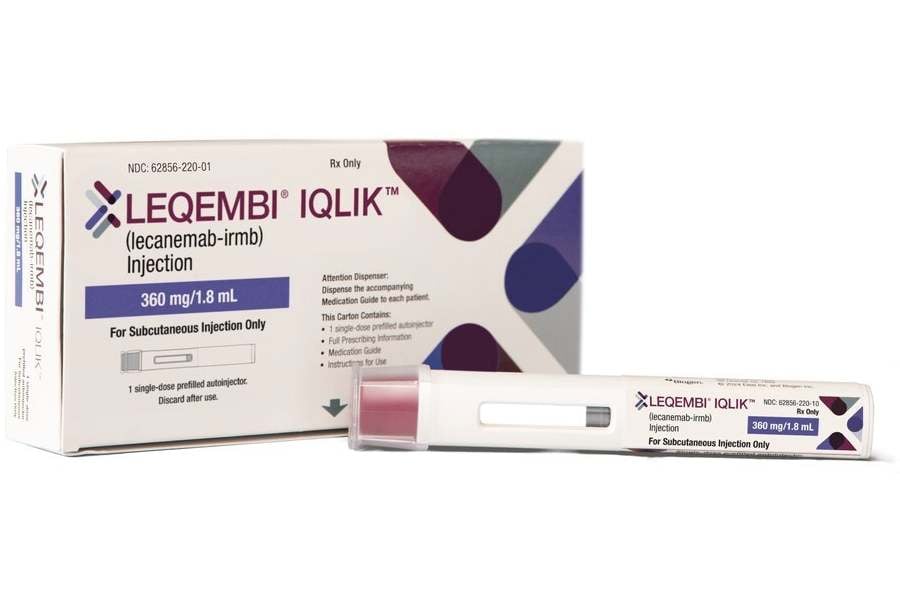—
Because of their extreme vulnerability, the vagina and vulva necessitate special attention during menstruation. Your comfort and health during your period depend on maintaining proper menstrual hygiene practices.
If you choose the appropriate period products, you may avoid embarrassing leaks and stains on your clothes and furniture. Keep your hygiene in check, and feel confident and comfortable about your day.
This article discusses some of the healthy menstruation practices and free feminine products you need for optimum hygiene.
Reasons for Proper Menstrual Hygiene
Menstrual hygiene is not just significant on an individual level but has broader societal implications. Observing good practices in menstrual hygiene aids in:
Preventing Urinary Tract Infections
Microbial can quickly grow in stored menstrual blood leading to irritation of the urethra, vagina, and vulva, which can then progress to a urinary tract infection.
Remember to clean any reusable towels you use to soak up period blood. Always have fresh pads or tampons on hand; if necessary, wash your vulva gently with warm water.
Consequences such as infertility, abortion, and premature birth have been linked to recurrent illnesses. Therefore, a woman’s reproductive life can be negatively impacted if she fails to give much attention to menstruation hygiene.
Prevent Genital Rashes
Blood sitting around for a while can become sticky and dry, generating itchy, swelling, and painful rashes, especially if they appear in the genital area.
In What Ways Can You Improve Your Menstrual Hygiene?
Adopt these healthy habits for quality hygiene:
Regular Change Sanitary Pads or Tampons
The golden rule for maintaining vaginal cleanliness is changing sanitary pads or tampons every four to six hours.
Because of the warmth it generates, the blood can attract a wide variety of bacteria, viruses, and fungi, which can increase and cause discomfort, rashes, and even urinary tract infections. Changing your tampon or sanitary pad frequently can reduce the spread of bacteria and help you avoid illnesses.
Wash/Clean Yourself Properly
Regular vaginal hygiene is crucial since the germs might cling to your body even after you’ve taken off your sanitary pad. Therefore, properly and regularly wash yourself by moving your hands from your vagina to the anus.
Avoid The Use Of Soaps And Lubricants In The Genital Area.
Daily use of vaginal hygiene products is recommended; however, excessive use should be avoided. Natural vaginal cleansing occurs throughout monthly cycles, and using artificial sanitary products can interfere with this process, increasing the risk of infection and bacterial growth.
Properly Dispose Of the Sanitary Napkin
Correctly discarding used sanitary napkin pads is a crucial step. So, carefully wrap these items before tossing them to prevent the spread of germs and diseases.
Also, avoid flushing them down the toilet at all costs since doing so could lead to water backup and the subsequent spread of bacteria. Then thoroughly wash your hands after wrapping used sanitary pads.
Failure to observe most of these practices may result in several repercussions, including:
- Uncomfortable skin irritation leading can to dermatitis: a painful skin condition characterized by swelling, redness, and, in severe cases, blistering.
- Change in the vaginal flora’s pH: leads to a shift in environmental factors that favors the development of bacterial vaginosis. It has the most significant effect when a woman is trying to conceive.
Women’s Hygiene Product
Your period is different from anybody else’s, and if you understand how it works, you can better manage it with the right products.
Here are some of the free feminine products you can use to boost your menstrual hygiene:
Sanitary Napkin
A Sanitary pad is ideal for less heavy days. The good thing is that you can acquire pads in various sizes to accommodate your changing needs throughout your period.
Pads attach because they have adhesive on the bottom and flexible “wings” that extend from the pad. Put the padding in your underpants with the sticky side facing outward and the absorbent part facing up.
Most pads use super-absorbent innovation; however, those made of plastic might irritate delicate skin. Remember to swap up your pad every 4 – 6 hours.
Tampons
Tampons are goods made from cotton and compacted into a cylinder or a tent form. When a tampon is placed in the vaginal canal, it is attached to a string to help remove it. The tampon collects menstrual blood when it enters the vaginal canal. You only have to pull the string to remove the tampon.
You must ensure to change your tampon at regular intervals. Leaving it for an extended period may result in the accumulation of bacterial toxins that may cause toxic shock syndrome (TSS). To avoid this condition, change your tampon after every 4-8 hours during the day and avoid using them at night.
Menstrual Cups
These are silicon-made soft sanitary products that are vaginally insertable and can be closed with a pinch. Instead of absorbing blood as tampons do, they collect it before it enters the genital hole. These pads can absorb more blood than tampons without increasing the risk of toxic shock syndrome.
You can use a menstruation cup by placing it in the vagina with the open end toward the cervix. Carry on with your day and remove it after every 10-12 hours. It’s easy to clean and put back in place after being flushed down the toilet. Since sanitary pads and tampons generate so much trash, many individuals would prefer to use this product instead.
Menstrual underwear
This underwear-like innovation is designed with ultra-thin layers and unique technology that traps and absorbs period blood to prevent leaks.
The several layers work together to provide an impermeable, breathable, and leak-proof shield against sweat, blood, and stink. The level of convenience is high, and the effort required is low. Use cold water to clean your used underwear before washing it in the washing machine on a cold water cycle and drying it on a clothesline.
Conclusion
Menstruation is a vital sign of reproductive health. But you can only have a peaceful day when you have a good sense of cleanliness, safety, and comfort. Therefore, test out several solutions until you find the best items that provide the level of security you require.
Manage your blood cycle with confidence. Pick the free feminine products that are most convenient for you.
—
This content is brought to you by Ebba Delgado.
iStockPhoto
The post Products and Routines for Feminine Hygiene appeared first on The Good Men Project.
Original Article










